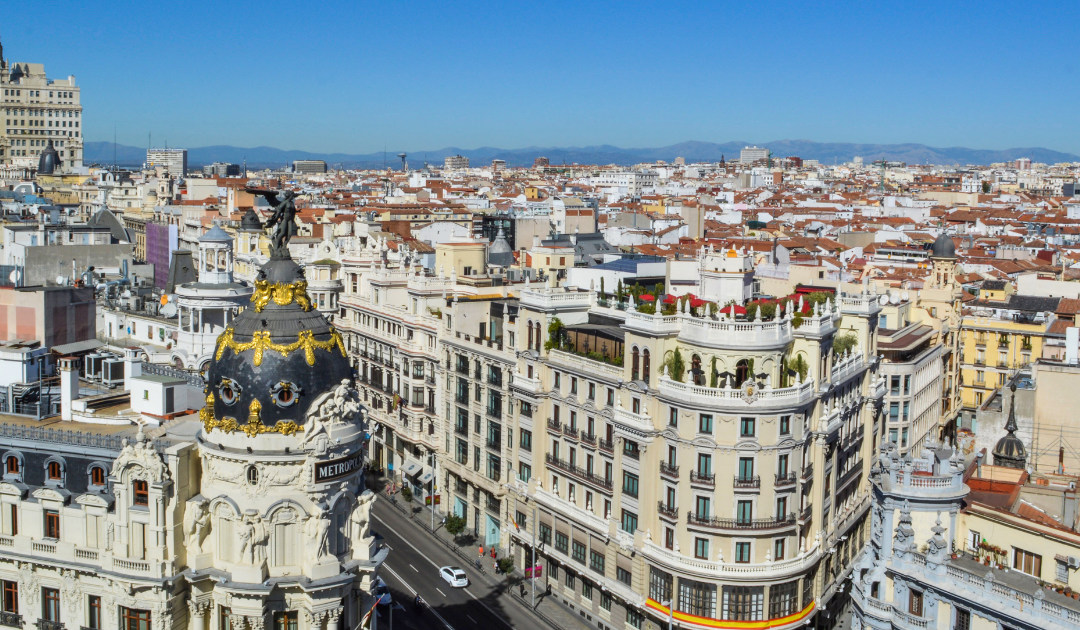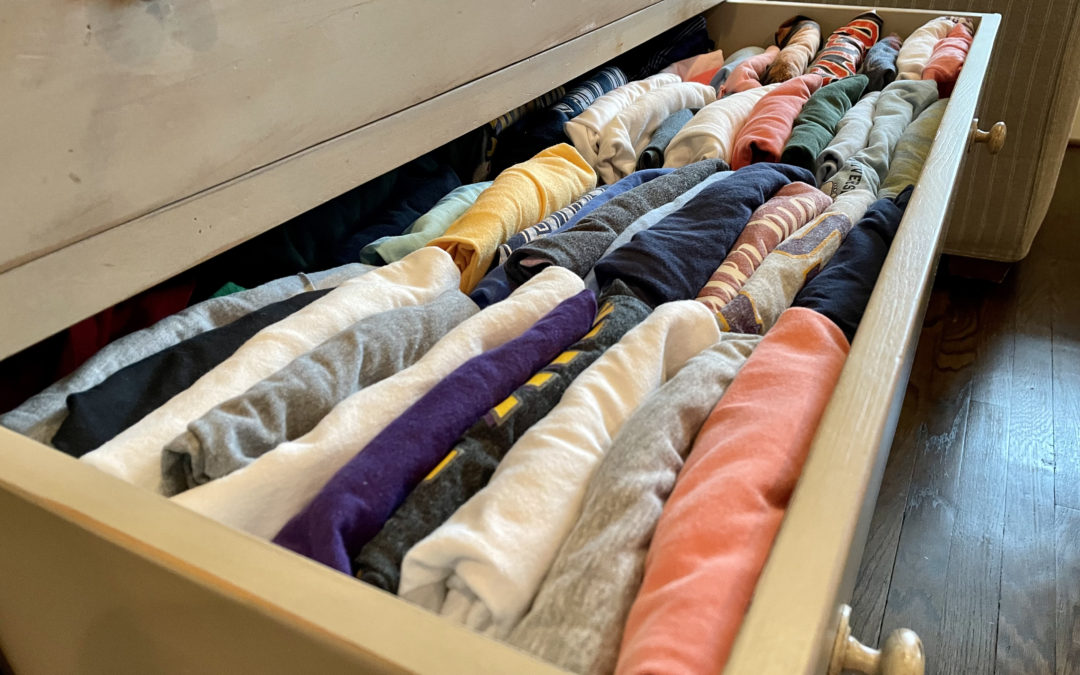
From Culture Shock to Finding “Home”: Life Lessons from Living Abroad
It has been almost 20 (!) years since I graduated from college, and since then, I have moved homes 11 times to 6 different cities in 3 states and 2 countries. The average person moves 11.7 times in their lifetime. (My lifetime total is 17.)
Some aspects of moving are exciting: a fresh start, a new city to explore, new friends to make. But moving is difficult. The logistics and expenses that come with moving are burdensome. Saying goodbye to people you love is really sad. Trying to make new friends becomes more challenging the older you get. Adjusting to a new place – its climate, traffic, grocery stores, housing options, local culture, local services, the food scene, and more – takes a lot of time and physical, mental, and emotional effort. Adding pets and small children into the mix complicates moving even more.
Some moves I couldn’t wait to make; others I dreaded. One year, after a particularly difficult move, I began to wonder if I could use my prior experiences to help me shift my perspective. In my early twenties, I spent two years abroad studying and working, and it dawned on me that the lessons I learned about adapting to life in another country and culture could be applied to any move, anywhere. Those lessons came from going through what’s known as Culture Shock.
Three months after I graduated from college, I moved to Spain to spend a year getting a Master’s Degree in Spanish at Middlebury College’s campus in Madrid. Upon our arrival, all students were required to attend an orientation session. The program director covered all the basic introductory topics like academic expectations, health and safety, housing, etc. It also included a lecture on Culture Shock, now more commonly referred to as Cultural Adjustment, which is the process of adapting to a new country and culture. By learning about the stages of Culture Shock, she explained, we would know what to expect over the next several months as we adapted to our new environment.
The four stages of Culture Shock are generally accepted to be Honeymoon, Hostility, Gradual Adjustment, and Acceptance, though they are sometimes called by different names. The Honeymoon phase, the director said, would last anywhere from 1-3 months. Everything would be new, interesting, and exciting. Then around months 2-3, Hostility would probably set in. We would likely feel frustrated or irritated with how different everything was and how hard it could be to do basic tasks. For some of us, these challenges would be compounded by discrimination. We might start to fixate on “how much better” everything was back home. Somewhere around months 6-9, Hostility would slowly give way to Adaptation and Acceptance. We would become more relaxed as we gained a sense of humor about cultural differences and our own mistakes. We would begin to feel “at home” in the new culture, having adapted to its norms and standards.
I did indeed move through each of the four stages that first year. When I first got to Madrid, it was fun to notice all the differences between there and home, and every new challenge felt like an adventure. It was exciting to try new things. I felt so much pride when I completed a simple errand or got somewhere without getting lost. But as time went on, those positive feelings gave way to exhaustion and annoyance. I grew tired of everything being so hard. It was draining to perform the mental and emotional gymnastics required to do daily life in another language. The streets began to feel too loud, the people seemed too harsh, and one day I decided I just didn’t like it there and never would. About month 4, I remember going to the program director and telling her I had had it, that I didn’t want to leave yet, but I also didn’t know how I was going to finish out the school year. I remember her telling me that everything I was feeling was valid and that if I could just hang in there a little longer, I would probably start to turn the corner. And if not, I could come back and we would talk again.
I did some surface-level things that helped my adjustment over the next several months. I moved to a new flat, made a few local friends, enrolled in a Spanish cooking class, and started going out more. But I also did some intense psychological work. I went through a sort of personal identity crisis – Who was I? What did I believe? Why? I thought critically about my own cultural assumptions, beliefs, and norms. I became more open to other ways of existing in the world and even adopted some of them. Then one day, I realized I was comfortable doing almost everything and interacting with almost anyone. It no longer drained me to buy shampoo, get on the metro, talk to a store clerk, or buy medicine at the pharmacy. I loved and appreciated things about Spain that I hadn’t before. While I more or less looked the same on the outside (minus a very Spanish-looking haircut), on the inside, I was fundamentally, irreversibly changed.
By the time the school term was over that first year, I had signed a contract to teach English in a school outside the city. I would stay to live and work in Madrid for a second year, which is when I think I completely adapted to living in Spain. I experienced being employed in another country and being even more on my own, without the structure and support of the American school program. I lived a pretty routine daily life, working at the school, doing English lessons in the evenings for extra money, going out with friends or traveling on the weekends when I could. I truly felt at home.
Toward the end of my second year, almost all the friends in my social circle decided they would be moving elsewhere, either out of the city or out of the country. Their programs were ending, they were taking new jobs, they were moving closer to family. I was in a romantic relationship, but it was coming to an end. My Spanish school offered to give me a permanent contract, which meant I could stay indefinitely to work in Spain. But I realized that I did not want to make a career out of teaching English abroad, and I didn’t have it in me to build a social circle from scratch again. So I, too, decided to move late that summer, back to the States.
When I returned home I was met with the harsh reality of Reverse Culture Shock. I hadn’t driven a car in almost 2 years. I also had to buy a new one. I had to get a new American phone. Smartphones had come onto the market in the U.S., changing the way people communicated and behaved, and it was jarring. I was so overwhelmed on my first trip to the AT&T store that I couldn’t even bring myself to pick out a phone and had to try again another day. Other once-routine things also seemed absurd. I vividly remember walking through an American grocery store and thinking that it was ridiculously enormous.
I had changed, but everyone and everything at home had more or less stayed the same, and no one understood what I had just done. It was incredibly lonely. I was actually homesick for Spain. I had to go through the cultural adaptation process all over again, this time in reverse. It took almost another two years before things felt “normal” again.
The lessons I learned from Culture Shock have turned out to be invaluable for navigating other moves. I know I need to give myself at least 6-9 months to adjust, and about 2 years to feel settled. During that time, I could apply the same process that helped me turn Spain into home:
- Observe. Notice. If I’m judging, I ask myself why and dig into that.
- I remind myself: The discomfort is where the growth happens. It’s in those tough moments that we build resilience, flexibility, openness, compassion, empathy, forgiveness, humor, gratitude, and acceptance—of both ourselves and others—if we’re willing to embrace it
- Feel all the feelings. They are all valid. Seek support if needed.
- Create joy. Find tiny moments that bring happiness. Try something new that seems manageable. Plan something to look forward to.
- Find community. It might just be one good friend, but sometimes that’s all we need.
For me, it’s been most helpful to apply these steps to my frequent moves. For someone else, maybe it reminds them to give themselves grace while adjusting to something else, like a new job, an injury or illness, or becoming a parent. Either way, to an extent, this process can apply to pretty much any big transition in life. Any of these experiences can break us or transform us, depending on how we move through them.
Living abroad forced me to closely examine how I had been seeing, understanding, and doing quite literally everything. It taught me how to handle loneliness and unfamiliarity, how to deal with the fear of the unknown, how to be resilient in the face of change, and how to have confidence in myself and my intuition. I still struggle with all these things, don’t get me wrong – but referring back to my these experiences gives me some hope I can get through it. Wherever I move and whatever I do, Spain is still with me, teaching me to hold on tight, observe without judgment, feel my feelings, stay in the discomfort, have courage (and a sense of humor!), create opportunities for joy, connect with a community, and make small changes day after day until things get better, because on the other side, I’ll always find home again.





